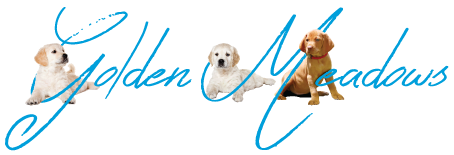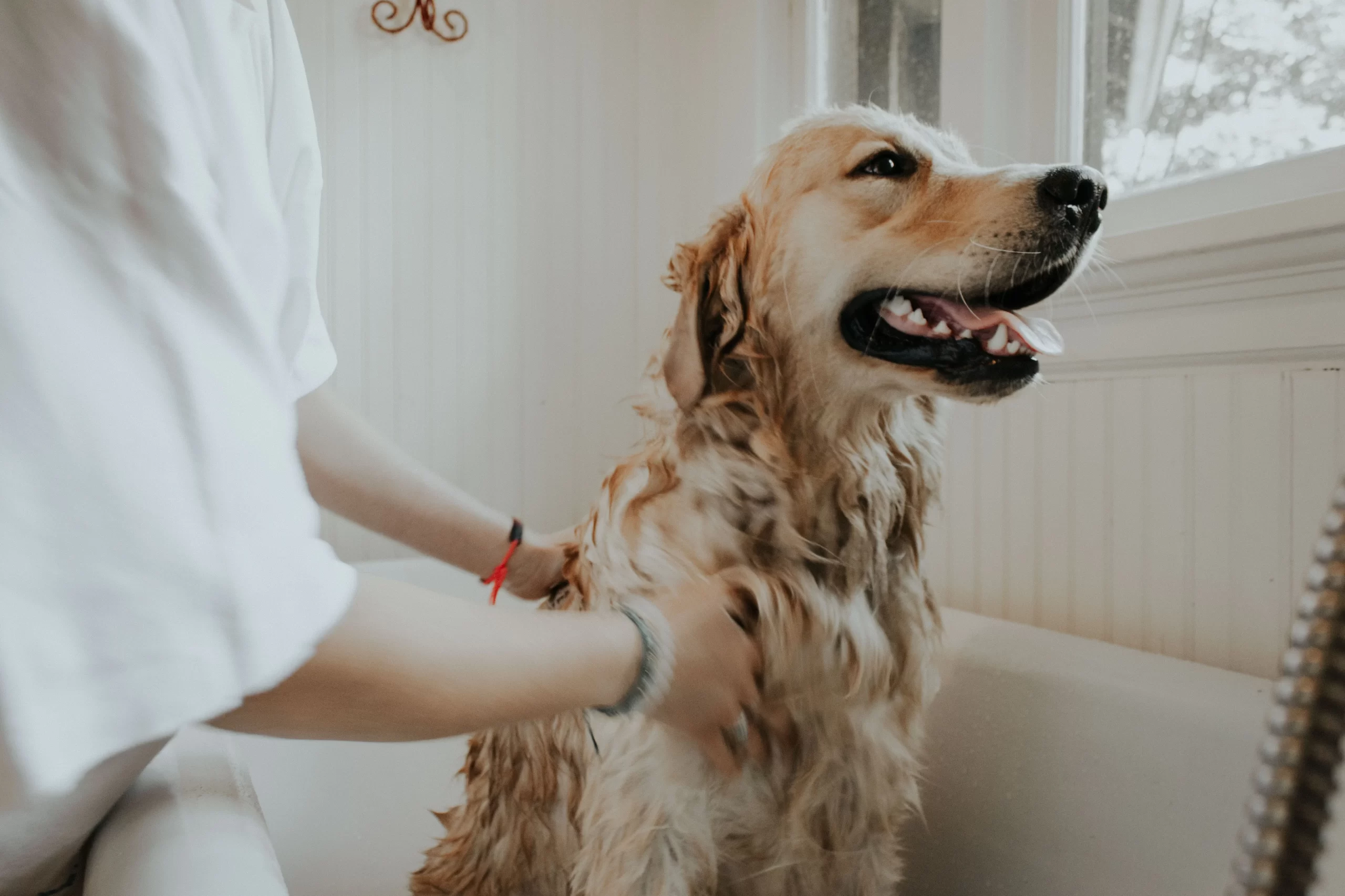When was the last time you caught a whiff of your dog’s bad breath? It’s not exactly a pleasant experience, even when your dog’s mouth is healthy. While all dogs have “doggy breath,” some have it far worse than others. Believe it or not, the average dog has some variation of dental disease by the time they reach their 3rd birthday. Dental disease can ultimately lead to pain, discomfort, and, as you might expect, bad breath.
You should always keep your eyes open for signs your dog is having trouble with his mouth. Visible symptoms include pawing at the face/mouth area, extra drool, avoiding food or pain chewing, yellowing teeth, broken teeth, and even swollen or bleeding gums. The same things that would cause discomfort for humans can make your dog feel pretty bad, too; similarly, poor canine dental health can also make him just as sick.
The good news is that bad dental health isn’t inevitable for pups. In fact, there’s a lot you can do right at home to preserve those pearly whites.
Brush Those Pearly Whites
You can – and should – brush your dog’s teeth. And yes, you should do it daily, just as you brush your own teeth every day.
Regular brushing helps prevent the build-up of bacteria and plaque in the mouth. Plaque hardens into tartar, which leads to gum disease. If ignored, that gum disease may bloom into serious complications like endocarditis or major oral infections.
It’s easier to train a dog to tolerate brushing from a young age, so consider making this habit part of your routine as soon as possible. Don’t use human toothpastes; they contain substances that may make your dog sick if he swallows them. Instead, use a good dog-friendly toothpaste.
If you struggle to brush your dog’s teeth with a toothbrush, try tooth wipes (found in pet stores). They aren’t as effective, especially when cleaning between the teeth, but something is better than nothing.
Consider a Professional Cleaning
A lot of people shy away from professional cleanings because they think it comes with sedation or extensive time at the vet. However, this isn’t always the case. Sedation is significantly different today than it once was – and it’s also safer than ever for our canine friends.
An experienced veterinarian may be able to complete a cleaning without even putting your dog under, but if there are signs of serious decay, the better option is often to sedate in order to take x-ray images or engage in a deeper gum cleaning. Sedation does carry risks, but the important takeaway is that the risk of sedation is often much lower than the risk of untreated dental health issues being ignored.
Choose Dry Food Over Wet
Tooth brushing isn’t for every dog. Not being able to brush your dog’s teeth isn’t the end of the world. Another great option is to make sure your dog is eating a quality dry food instead of solely soft canned foods. Soft foods are more likely to get stuck between your dog’s teeth and cause plaque and cavities, whereas dry foods don’t stick as much. Plus, the chewing action is healthier for your pup’s teeth and gums.
Dental Dog Treats
Dental treats are a bit different than your typical dog treat; they have a coarser texture that effectively reduces plaque build-up. Your pooch will probably like them more than the toothbrush, and just might find them his favorite to chew, too. Just be sure to check calorie counts so you can fit them safely into your dog’s diet. There are so many varieties, you’re bound to find one your dog will love to chomp.
Drinking Water Additives
Pets who won’t tolerate brushing may not react well to oral gels or rinses designed to keep their teeth clean. There are additives you can put in your pet’s drinking water to help prevent plaque build-up, but they need to be used the right way to be effective. Talk to your vet before adding these to your pet’s diet to see which products are healthiest for your dog’s breed.
Fill the Toy Bucket
Dogs need toys – especially chew toys. We already know dogs love to explore their environments with their mouths; you can use that to your advantage to improve your dog’s oral health.
One of the best ways to prevent your dog from chewing on furniture, shoes, and other inappropriate items is to provide them with healthier alternatives. Chew toys are one of the best ways to achieve this goal. Made with materials specifically designed to promote the strengthening of your dog’s jaw, teeth, and gums, they remove a bit of plaque while letting your pup chew to her heart’s delight.
A word of caution: don’t give your dog just any old hard toy. Some plastics and harder materials can be dangerous to chew on (for example, stone and metal may chip or break your dog’s teeth – some “baby” toys have pieces that make them inappropriate for pets). A good rule of thumb is that you shouldn’t give your dog anything you wouldn’t want to get accidentally hit with. Similarly, there is such a thing as “too soft” or too malleable – you don’t want your pup to chew the toy up and ingest it.
Make sure you are purchasing toys that are designed specifically for dental care. Animal chews like cow’s ears are great for an extra treat once in a while, but rubber and nylon toys are best if you want to avoid added calories. You do, of course, need to make sure your dog is playing with these toys on a semi-regular basis for them to have any benefit.
Don’t Skip Your Pup’s Annual Checkup
Regular trips to the vet are critical to your pet’s well-being. Your vet should do a dental exam in addition to a regular wellness checks at every yearly visit, even if you aren’t there for a formal dental cleaning. These regular exams are important as they represent the most effective way to spot tooth issues, decay, and gum disease before it progresses to the point of needing surgery. The sooner you catch a problem, the easier it will be to treat. It’ll be less expensive, too.
Do You Have a Dental Emergency?
Not sure why your dog seems a little “off?” Noticing visible signs of discomfort? It may be time to make an appointment with your vet. Some of the signs that your dog’s dental health may be in jeopardy include:
- Changes in breath. Dog breath is never exactly lovely, but if your dog has an oral health issue, it will become significantly worse.
- Missing teeth. Your dog’s teeth shouldn’t be falling out. The only exception to this rule is puppies who are losing their milk teeth and growing in adult teeth.
- Gums that look swollen or are bleeding. This is never normal, and may be a result of injury or extensive canine periodontitis.
- Your dog is refusing to eat. Or you witness strange behaviors when he does, such as shaking his head, trembling, or whining. Sore teeth are no fun at mealtimes.
- Your dog seems depressed, especially at meal times. She may also seem reluctant to eat, or even lose weight over time.
All of these symptoms are a sign that something is happening in your dog’s body. It may not necessarily turn out to be an oral health issue, but the right answer is always to see your vet. Give your pup’s vet a call right away to schedule an appointment, whether it’s in the office or in your own home. Your pooch will thank you for it!

